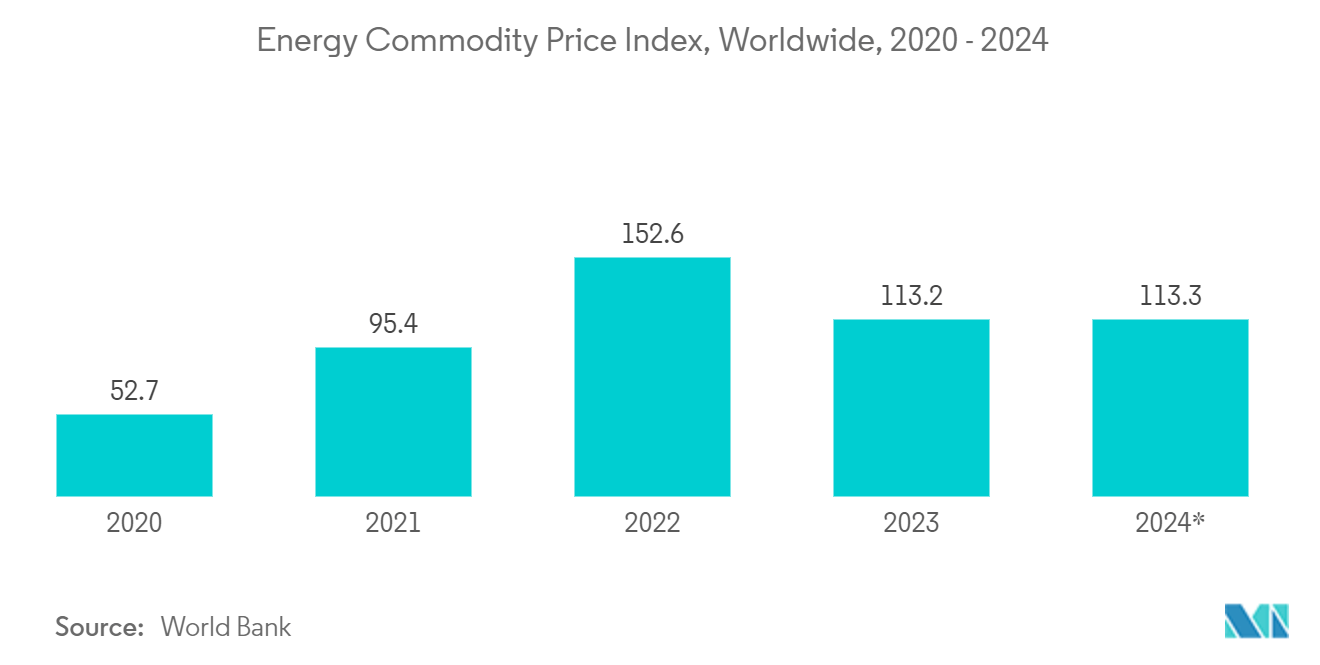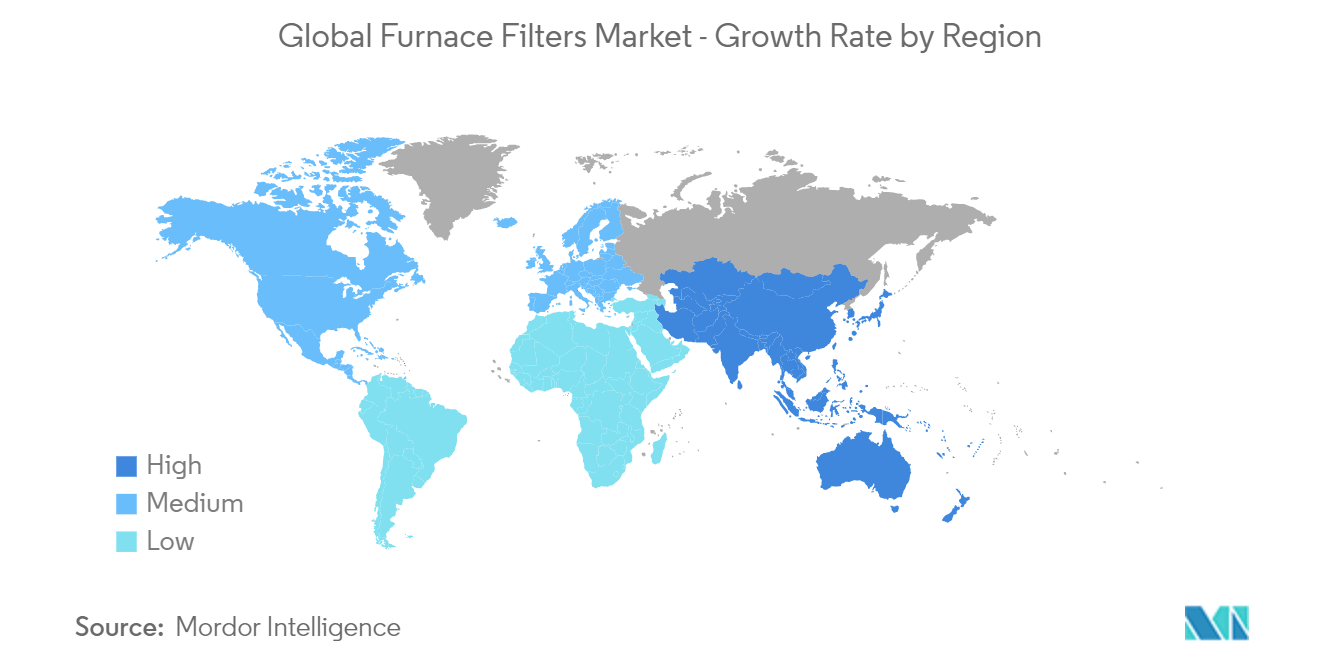Market Trends of Furnace Filters Industry
Increasing Demand for Energy-Efficient HVAC Systems
- According to the European Commission, buildings in the EU are responsible for around 40% of the energy consumption and 36% of greenhouse gas emissions, mainly from construction, usage, renovation, and demolition. HVAC systems account for a considerable share of energy usage in these buildings.
- Also, as per the U.S. Department of Energy, heating and cooling account for about 50% of a typical home's energy usage, making high-performance HVAC systems critical to managing energy consumption and costs for homeowners and cumulatively across the nation.
- With increased efforts to reduce carbon footprints worldwide, there is a growing focus on buildings, their role in producing greenhouse gases, and their overall impact on climate change. For instance, the Climate Mobilization Act in New York, United States, mandates that buildings over 25,000 square feet must reduce 40% of their carbon emissions by 2030 or face stiff financial penalties. A higher-efficiency HVAC system can help lower a building's carbon footprint significantly.
- Moreover, Russia's invasion of Ukraine has highly impacted energy markets worldwide, especially in Europe. Since the second half of 2021, there has been a sharp increase in energy prices in the region.
- Air filters are necessary to increase the efficiency of furnaces. Filters are essential furnace parts that help keep the rest of the system clean. Dirty furnaces and air conditioners caused by a lack of air filters use more energy to function, increasing energy bills.

North America to Hold a Significant Share
- According to the U.S. DoE, most homes in the United States are heated with either furnaces or boilers. Also, according to Canada-based HVAC service provider A-Plus Air, around 65% of Canadian homes are warmed by forced-air furnaces. Furnace-based heating systems are popular in North America as they quickly heat a room. Consequently, there is a significant demand for furnace filters in the region.
- The expansion of the area's HVAC equipment market, including furnaces, is driven by the increase in residential and non-residential users. According to new residential construction statistics for February 2022 released in March by the U.S. Census Bureau and the U.S. Department of Housing and Urban Development, the number of privately owned housing starts in February 2022 was 1,769,000, 6.8% more than the revised January estimate of 1,657,000. This was 22.3% more than the housing starts rate of 1,447,000 in February 2021. Due to government emphasis and regulations, such expansion in the residential sector will require energy-efficient items like HVAC systems.
- Similarly, according to the American Institute of Architects, the U.S. non-residential construction sector is anticipated to grow by 6% in 2023. With an increase of over 14% year over year in 2023, hotel construction is predicted to have the most significant growth. Because of this, it is anticipated that there will be opportunities for HVAC equipment in residential, commercial, and industrial applications as construction increases in the area.
- Being home to many players in the market, the region also continues to witness significant product innovation. For instance, in September 2022, Filter Warehouse USA launched their Ultra PURE 12x12x1 MERV 11 HVAC Air Filter for use in indoor environments to improve air quality. The air filter comes in a pack of 6 and can be installed in the air vents of most HVAC systems.
- Furthermore, another important factor influencing the market in the area is federal income tax credits and incentives for energy-efficient products. For instance, the Inflation Reduction Act of 2022 was passed by the U.S. government to aid in reducing the effects of inflation. This act contains a variety of tax credits for the installation of home heating and cooling systems that have earned the ENERGY STAR label, which should be of particular interest to homeowners.


